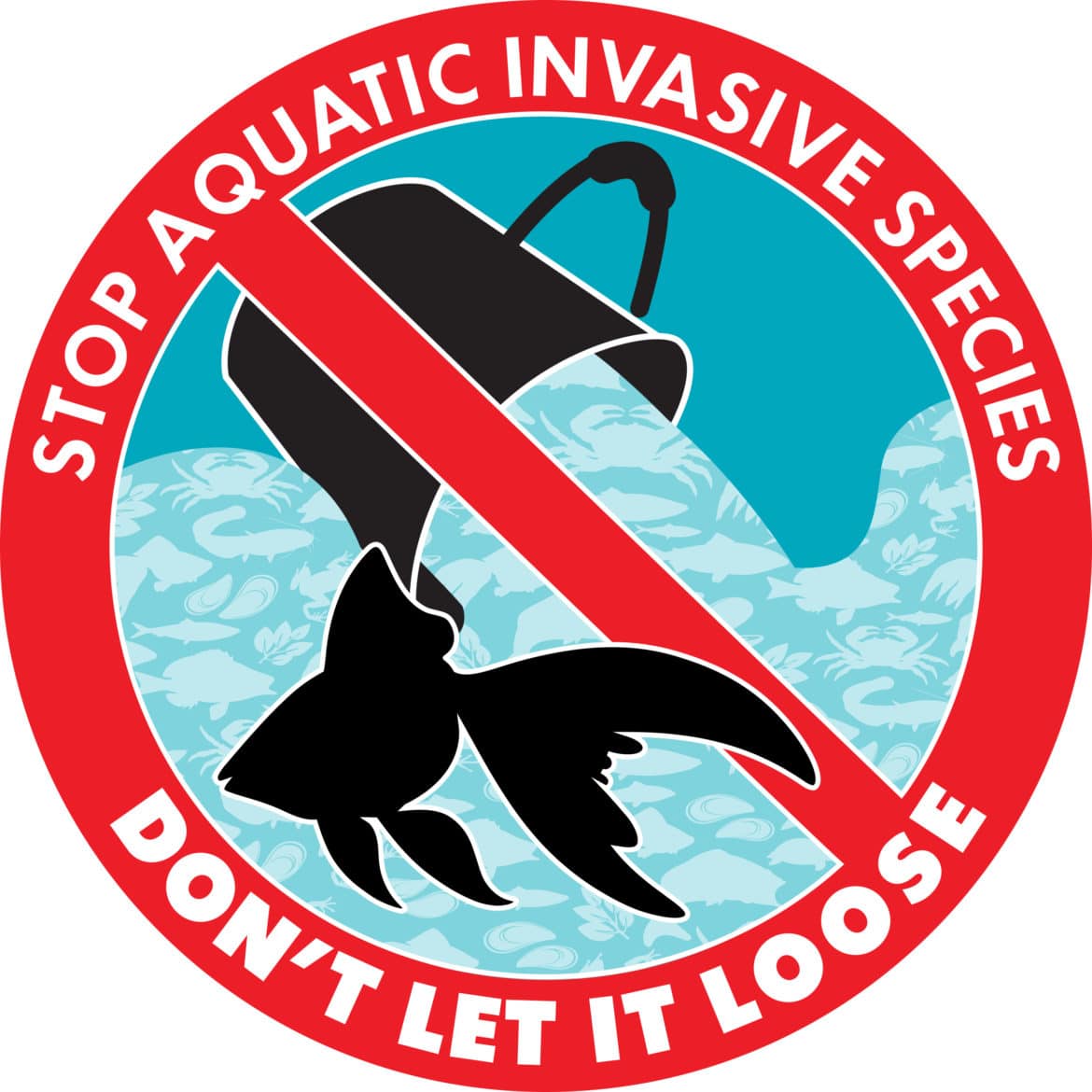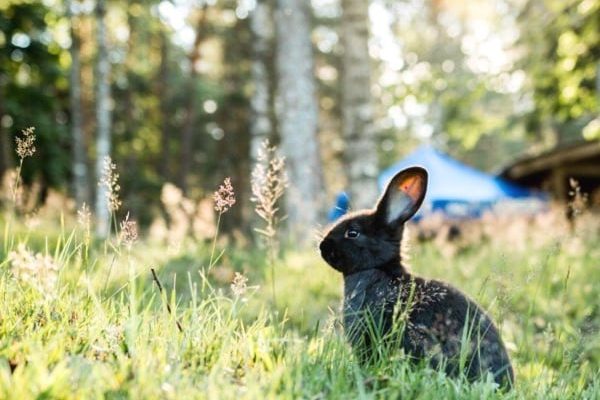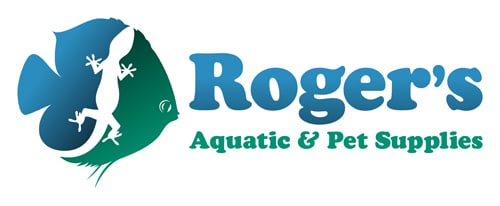
Play Your Part
Goldfish (Carassius auratus) are domesticated carp from China but have been released into lakes and streams in BC by pet owners, where they turn from pet to pest. They take over with serious effects, eating fish eggs and small invertebrates. Goldfish breed rapidly and can grow to be over 20 cm long. Don’t let them loose!
Learn moreInvasive species are plants, animals or other organisms that are not native to BC, and have serious impacts on our environment, economy and society.
Invasive species can out-compete native species for food and space, damage ecosystems, disrupt food sources and introduce parasites and disease. They also harm local economies by discouraging recreation, decreasing property values, and interfering with navigation and water control structures. Invasive species cost British Columbia and Canada billions of dollars per year. Some of the most serious invasive species were originally sold as pets or plants for water gardens and aquariums.
How to: choose a pet
Why Be Concerned
Invasive species are plants and animals that are not native to British Columbia and can have serious impacts on our environment, economy and human health. Some of BC’s most harmful invasive species came from the intentional, improper disposal of aquariums and terrariums into our waters and other outdoor spaces.
Releasing pets into the wild is inhumane, dangerous and illegal
Some people believe that when they don’t want their pets any longer, the best thing to do for the animal is to release it into the wild. However, this is cruel, dangerous to the environment, and illegal.
Pet and Aquarium owners
Water gardeners, aquarium and terrarium owners can select from a variety of aquatic plants, invertebrates, reptiles and fish. Unfortunately, some of these exotic species have the potential to become invasive. When no longer wanted, pets are sometimes let loose into nearby water or woods, and plants are dumped into ditches and ponds, where they can have huge ecological and environmental impacts.
It is important for pet owners to understand the lifespan and long term needs of all pets before considering purchase or adoption. If you still end up with a bully in your aquarium or a Red-eared slider turtle that has outgrown its tank, be aware that letting plants and animals loose into the wild is not an appropriate solution.
Cruelty
Most pets don’t survive in the wild – some die by being killed by predators or hit by cars, and others die of starvation. It is inhumane to release an animal into an environment it is not accustomed to. Releasing a pet into an unsuitable habitat is also considered animal cruelty and charges can be laid (BC SPCA).
Environmental Damage
Some exotic pets are able to thrive and reproduce in their new environment. Once established, they can take over their new habitat, reducing native populations and changing the structure of the ecosystem. Even if your aquatic pet is known to be native to the local environment, it should still never be released, as it may introduce diseases or invasive parasites into the local ecosystem.
BC’s “Pet” invasives
British Columbia is now home to several introduced invasive pet and plant species, including:
- Red-eared slider turtle
- American bullfrog
- Goldfish
- Eurasian watermilfoil
- Parrot feather
- European rabbit
- Brazilian elodea
- Koi carp
Never Let Your Pet Loose
Never release your plants and animals into the wild or dump aquariums or water garden debris into rivers, streams, lakes or storm sewers! What you can do instead:


BECOME A PET & AQUARIUM RECOGNIZED RETAILER
If you’re interested in joining the Pet & Aquarium Recognized Retailer program, please visit www.recognizedretailer.ca, complete the form and we will contact you with the next steps!





